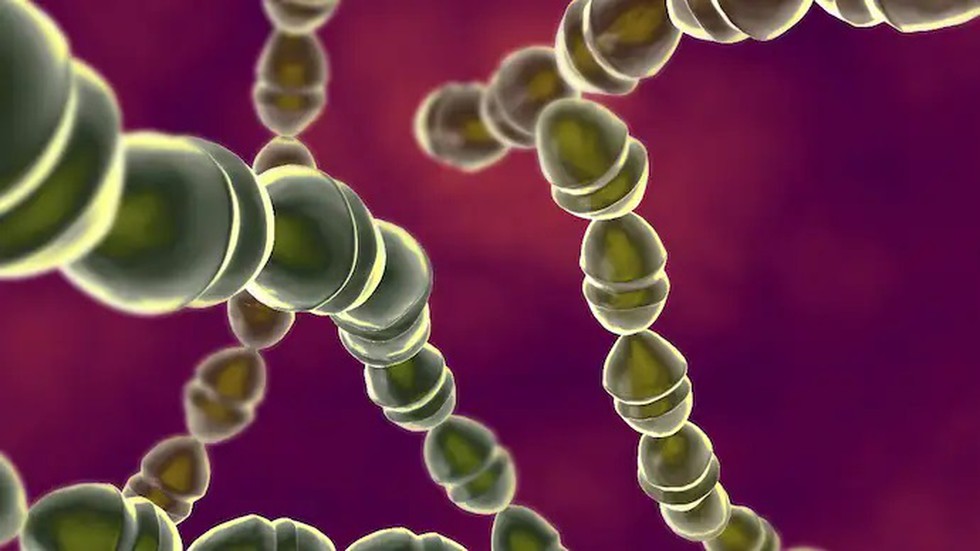
About Streptococcal Toxic Shock Syndrome (STSS):
The Indian Railway conducted a succes...
The Bombay High Court recently pulled...
A project by the Indraprastha Institu...
Assam’s wildlife officials said a tea...
The President has appointed Bhartruha...
Recently, food safety authorities in ...
The Mudgal Fort, which stands as a te...
Researchers have discovered a new gen...
In a landmark achievement, Chad has b...
Recently, at least 34 people have die...